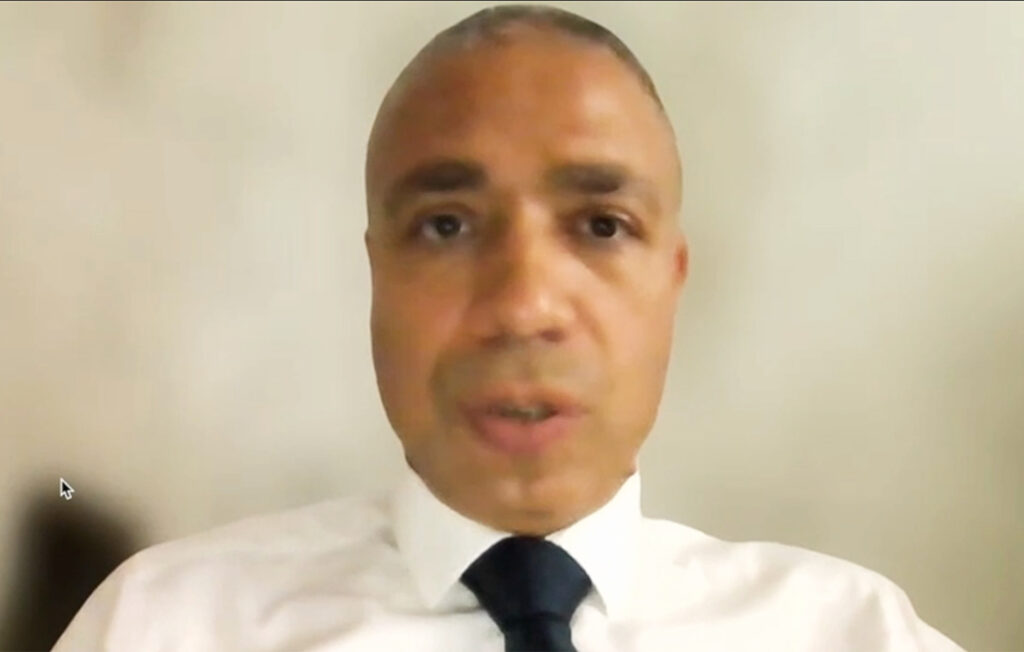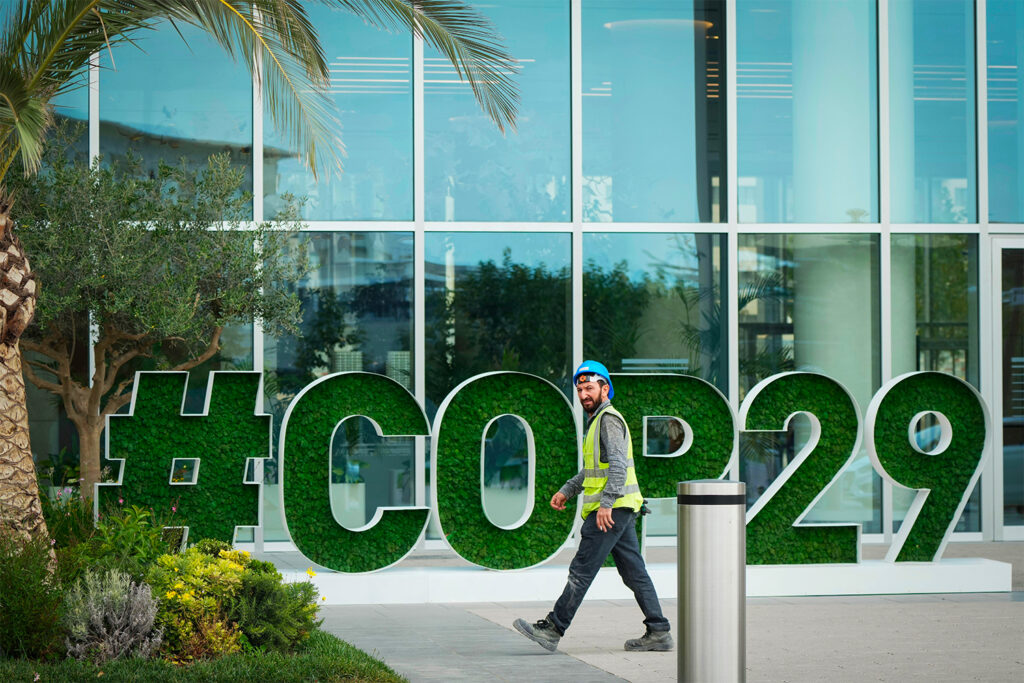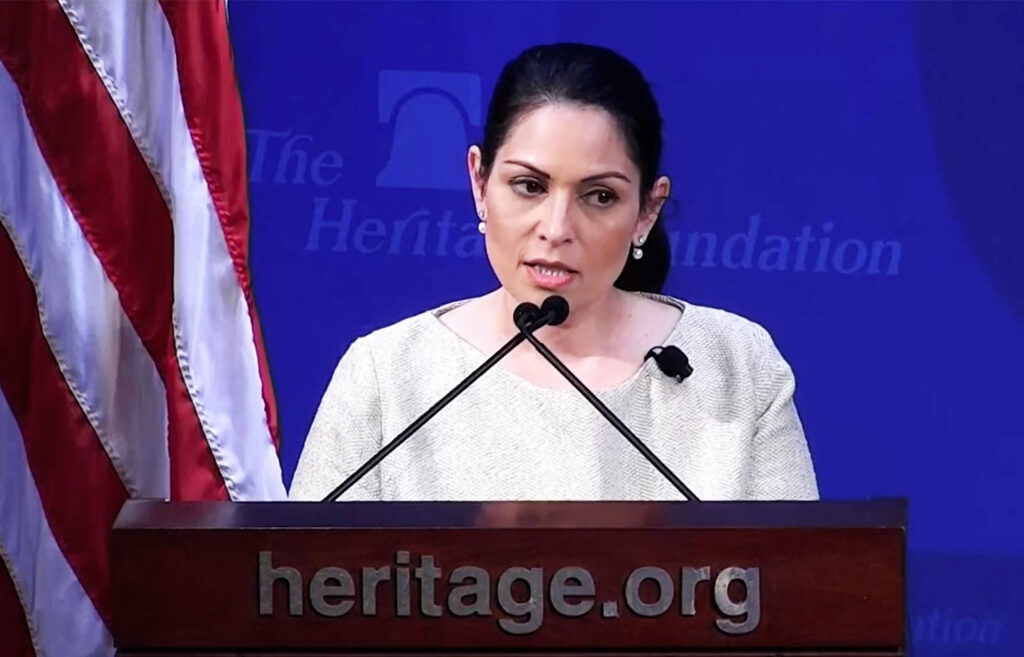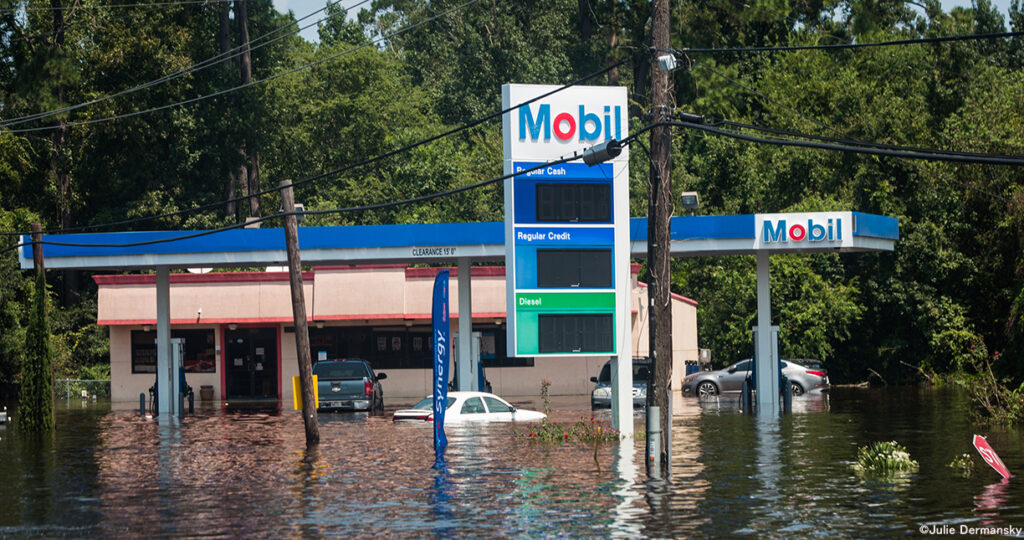How low can they go? The ethical limbo dance at the Washington Post sank to impressive new depths this weekend with a column from the newspaper’s ombudsman Andrew Alexander.
He finally weighed in on the George Will debacle and took a decidedly tepid approach to this raging scandal – essentially recounting what had happened and promising no fundamental change.
The Post’s star columnist was caught in a series of egregious errors about his understanding of climate science (or lack thereof).
Specifically, Mr. Will led his readers to believe historical sea ice data indicated that climate change was all a big mistake – that ice coverage was about the same as 1979. In fact the researchers at that National Snow and Ice Data Center in Colorado said exactly the opposite: that vanishing arctic ice was strong evidence not just of global warming, but that we are edging into dangerous feedbacks involving melting permafrost.
Not only did George Will get it wrong once, he printed a second column reiterating his erroneous claims about the most important issue on Earth. Talk about chutzpah.
Alexander ’s explanation of this mess states Will’s piece was fact-checked by no less than four different individuals – none of whom ever contacted the research center that produced the data Will based his baseless claims on.
It wasn’t till nine days later that the center finally got an email from anyone at the Post – long after the proverbial horse had strolled out the barn and trotted down the road. In the meantime, researchers at the National Snow and Ice Data Center issued their own blunt clarification:
“We do not know where George Will is getting his information, but our data shows that on February 15, 1979, global sea ice area was 16.79 million sq. km and on February 15, 2009, global sea ice area was 15.45 million sq. km. Therefore, global sea ice levels are 1.34 million sq. km less in February 2009 than in February 1979. This decrease in sea ice area is roughly equal to the area of Texas, California, and Oklahoma combined.”
More disturbing perhaps is how little the Post has apparently learned from their credibility meltdown. Take this bland response from Post editor Fred Hiatt:
“It may well be that Will is drawing inferences from data that most scientists reject — so, you know, fine, I welcome anyone to make that point. But don’t make it by suggesting that George Will shouldn’t be allowed to make the contrary point. Debate him.”
Ombudsman Alexander chimed in a similar sentiment at the end of his piece: “the Post can present a mix of respected and informed viewpoints”.
What does that mean? That political pundits will continue to hold forth on scientific matters they know nothing about under the guise of “debate”?
To be clear, this is not just about one or two badly researched, or flat out wrong, articles. This is a fundamental issue of ethics and media that has been going on for decades.
The strategy of confusing the public on industry-related science is one of the oldest tricks in the public relations playbook. A now-infamous 1969 internal memo from the Brown & Williamson tobacco company put it bluntly: “Doubt is our product, since it is the best means of competing with the ‘body of fact’ that exists in the minds of the general public. It is also the means of establishing a controversy.”
Sounds like what Mr. Will accomplished in the last two weeks.
Then there’s the similar plan from the American Petroleum Institute in 1998—calling for a “campaign to recruit a cadre of scientists who share the industry’s views of climate science and to train them in public relations so they can help convince journalists, politicians and the public that the risk of global warming is too uncertain to justify”.
(Hello? Mr. Will?)
What was old is new again. Remarkably, this chilling plan by Big Oil to use the media to deceive the public was largely ignored by news outlets when it became public.
According to the Union of Concerned Scientists, ExxonMobil “funnelled nearly $16 million between 1998 and 2005 to a network of 43 advocacy organizations that seek to confuse the public on global warming science”.
Is there is any difference between the PR efforts of the tobacco industry and the world’s carbon mongers? Sure. Big Oil makes Big Tobacco look like a corner store.
Fossil fuels make up the largest industrial sector the world has ever known, currently worth between $8 trillion and $9 trillion annually. That’s four to five times larger than the next-largest industrial sector – cars. By that yardstick, the amount of money invested in funding climate-change deniers is pocket change to Big Oil.
Has this campaign to befuddle the public on climate science been successful? You bet. It may well go down as the most audacious, successful, and cynical campaign in public-relations history.
Consider a 2004 academic study entitled Balance as Bias: Global Warming and the U.S. Prestige Press—on the very subject of how climate-change science is distorted by the media. The authors analyzed media stories from the five most prestigious newspapers in the U.S.—including the New York Times, the Washington Post, and the Wall Street Journal—over a five-year period to see what relative weight was being given to mainstream scientists and so-called skeptics.
“From a total of 3,543 articles, we examined a random sample of 636 articles. Our results showed that the majority of these stories were, in fact, structured on the journalistic norm of balanced reporting, giving the impression that the scientific community was embroiled in a rip-roaring debate on whether or not humans were contributing to global warming.”
The researchers found that the “U.S. prestige-press coverage of global warming from 1988 to 2002 has contributed to a significant divergence of popular discourse from scientific discourse…that the prestige press’s adherence to balance actually leads to biased coverage of both anthropogenic [human-caused] contributions to global warming and resultant action.”
Translated into plain English: the public is being misinformed on climate science by kneejerk journalism that continues to tell both sides of the story even when there is no other side. The resultant political inaction might well kill the planet.
It seems that Big Oil’s sinister plan to influence opinion leaders is succeeding with columnists like Mr. Will in ways they may not even be aware of. The most elegant PR campaigns are often so invisible.
Nobel Laureate and climate expert Andrew Weaver of the University of Victoria had this advice to the media:
“What newspaper editors have to realize is that there are people out there who are using them. Rather than thinking that they are serving the public discourse, ask the question, ‘Am I being used to further an agenda?’ And the answer with the issue of climate change is ‘Yes.’ ”
There is of course a rich irony in a career scientist like Weaver seeing so clearly what is wrong with how the media covers climate change when he has had to endure so many media commentators publicly lecturing him on science.
Maybe the ethical limbo dance at the Washington Post will go even lower. Or perhaps instead they will pledge to their readers that they will restrict their editorial debate to climate policy – not climate science. Plumbers shouldn’t try their hand at brain surgery, and vice versa.
There remains a vital role for mainstream media like the Washington Post: not to foment controversy about climate change – but to debate what are we going to do about it. But until that happens, their credibility is in serious trouble.
Subscribe to our newsletter
Stay up to date with DeSmog news and alerts







